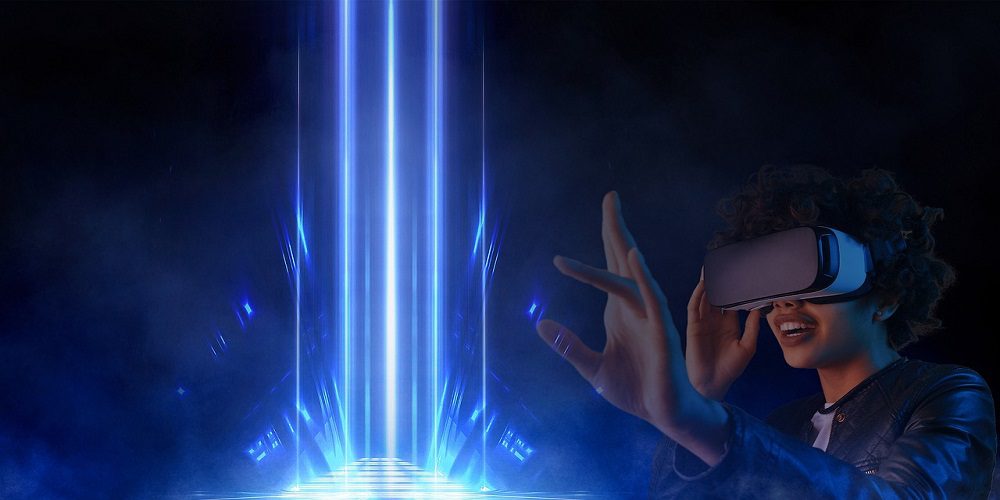Step into the forefront of design evolution! In a world propelled by rapid technological advancements, our insatiable hunger for innovation remains constant. And in the realm of 3D design, a monumental revolution is underway. From augmented and virtual reality to artificial intelligence and cloud computing, an array of pioneering technologies is orchestrating a transformative shift in the 3D design landscape. Let’s embark on a journey through this uncharted territory, where the shackles of creativity have been shattered and boundless possibilities await. The future is not a distant horizon but a tangible reality—let’s delve in!
Introduction
The realm of three-dimensional (3D) design technologies, once a centuries-old concept, has recently surged to prominence in the field of landscape architecture. These technologies empower designers to craft lifelike models of their projects, facilitating seamless communication with clients and stakeholders. Moreover, they pave the way for immersive experiences through virtual reality (VR), enabling individuals to explore landscapes with unprecedented depth.
Several software programs cater to 3D design, with AutoCAD, SketchUp, and Rhino taking the lead. Choosing the right tool hinges on project requirements, as AutoCAD excels at detailed landscape drawings while SketchUp offers user-friendly, quick concept modeling. Rhino, on the other hand, proves invaluable for intricate 3D models and animations.
Mastery of crucial skills is imperative for creating impactful 3D designs, encompassing proficiency in crafting 2D and 3D geometry, adeptly employing lighting and textures, and skillfully rendering designs for realism. With dedication and practice, anyone can harness the potency of 3D design technologies effectively.
Benefits Unleashed by Emerging 3D Design Technologies
The dynamic realm of design begets tools that evolve alongside it. Amid this transformation, 3D design technologies shine as a beacon of innovation.
These technologies usher in a plethora of benefits for designers. The capacity to fashion hyper-realistic, precise designs amplifies creativity, while swift experimentation with various concepts becomes effortlessly achievable. Moreover, these technologies bridge the gap between design and reality, ultimately saving precious time and resources.
While an array of 3D design technologies exist, the likes of Autodesk Maya, Cinema 4D, and 3ds Max have carved their names as formidable contenders. Each software brings unique capabilities to the table, enabling the creation of awe-inspiring 3D designs.
Reshaping the Landscape of 3D Design Through Technological Leaps
The world of 3D design undergoes an unprecedented metamorphosis, courtesy of technological advancements. Novel software and hardware propositions empower designers to conceive 3D designs that are more lifelike and captivating than ever before.
Rendering, in particular, undergoes a revolution. State-of-the-art rendering engines conjure astonishingly realistic images, providing designers with an unparalleled preview of their creations’ real-world semblance.
Additionally, technology paves the way for interactive 3D designs. Leveraging virtual reality headsets and augmented reality devices ushers in immersive experiences, enabling designers to offer clients and users an unprecedented level of engagement.
These transformative advancements resculpt the 3D design arena, revolutionizing designers’ workflows and propelling the field into an exhilarating epoch of boundless potential.
Exemplifying the Vanguard of New Technologies
A pioneering technology reshaping the 3D design landscape is 3D printing. While not novel, recent affordability and accessibility gains allow designers to craft prototypes and products that mirror the final outcome more faithfully than ever.
Virtual reality (VR) emerges as another game-changer. Designers harness VR to orchestrate immersive experiences, letting users navigate and interact with hyper-realistic environments. Applications span from training simulations to product showcases.
Augmented reality (AR) exercises its transformative potential in 3D design. By overlaying digital data onto the real world, designers unlock interactive experiences and insightful product information, revolutionizing user engagement.
Present Hurdles in Assimilation of Novel Technologies
Financial Implications: The implementation of new technologies inherently demands financial investment. Whether acquiring hardware, software, or committing time to mastering new skills, an upfront expenditure is a common challenge.
Compatibility Woes: Designers grappling with the adoption of new technologies often face compatibility hurdles. Mismatches with existing systems and processes can thwart smooth integration and hinder progress.
Resistance to Change: The inertia of human nature poses a challenge to technological assimilation. Resistance from team members or management can stall progress, even when benefits are evident.
Limited Support: The absence of robust support, whether from the organization or technology providers, can impede successful technology implementation, hindering the realization of its potential.
Navigating the future landscape
As we navigate into the future, a few guiding principles warrant attention in the design landscape. Staying attuned to evolving technologies, trends, and software tools is pivotal to remaining at the vanguard of the design industry. Furthermore, awareness of shifting design paradigms ensures alignment with current aesthetics.
In a world of increasing interconnectedness, the global context cannot be ignored. Consideration of globalization’s influence on design work is key to crafting designs that transcend cultural and geographical boundaries.
Conclusion
We find ourselves standing in the midst of the future, where 3D design transcends the realm of imagination. The amalgamation of technologies such as virtual reality, augmented reality, and artificial intelligence revolutionizes the traditional confines of 3D design. Businesses now possess unprecedented opportunities to integrate these tools, birthing remarkable products that defy convention. The possibilities spawned by these technologies to reshape the 3D design landscape are virtually limitless. Immerse yourself in inspiration and embark on a journey of innovation!



































